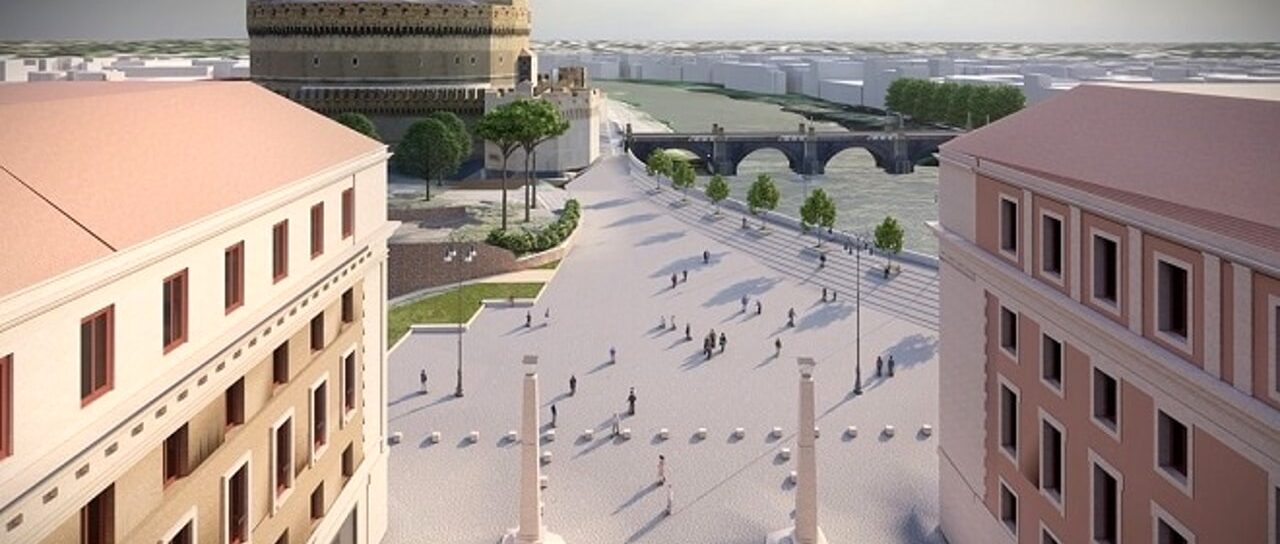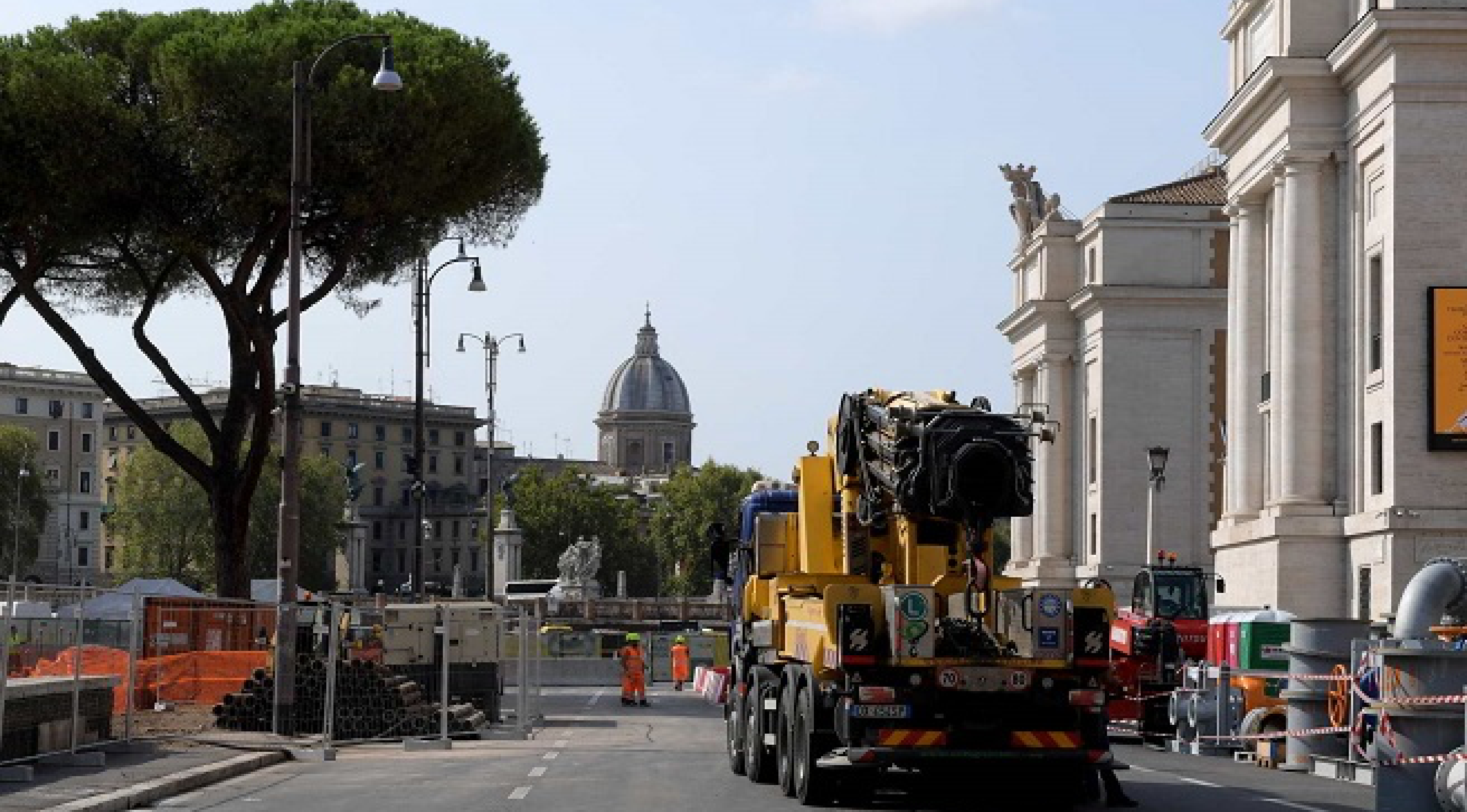(ZENIT News / Rome, 10.01.2024).- More than 1,400 works are underway in the Italian capital in face of the Jubilee of 2025. The Mayor of Rome updated Pope Francis during a private audience, which took place last January 4. Thus Roberto Gualtieri seems to have answered what the Holy Father said publicly on December 31, 2023 when he invited to ask ourselves:

Dear brothers and sisters, we can ask ourselves: Is Rome preparing to become a “city of hope” in the Holy Year? We all know that the organization of the Jubilee has been underway for some time. But we understand well that, in the perspective we assume here, in the first place it’s not about this; rather, it’s about the witness of the ecclesial and civil community; a witness that, more than in the events, consists in the style of life, in the ethical and spiritual quality of our coexistence. Hence, the question can be formulated thus: “is each one working in his/her ambit for this city to be a sign of hope for those that live in it and for those that visit it?
During the half-hour audience, Mayor Gualtieri gave the Pope a book illustrating 184 main projects for the Holy Year. According to the Italian press, the projects will change the tourist face of the city of Rome. For his part, the Mayor said on the social networks:

A profoundly inspiring meeting with Pope Francis today for the traditional audience at the beginning of the year. It was a pleasure to show him the progress of the work of the numerous projects underway for the Jubilee, for the reception and care of the most fragile people.
In addition to the transformation of the pedestrian area of Piazza Pia (already reported by ZENIT), another Square close to the Vatican will be partially transformed into a free zone for vehicles: we are referring to Piazza del Risorgimento, where they will build an underground parking lot also with underground passages. Thus the two lateral accesses that lead to Saint Peter’s Square will have underground passages. Another of the ambitious projects implies giving 5G coverage to the entire city. And there are already investments underway to incorporate 400 new buses and 12 new trams. The total investment for the Jubilee is 2,500 million [euros]. Anyone visiting the city of Rome in early 2024 will come across numerous works, which must be understood in this context: a clear example of it is the central [railway] station known as Termini. It is estimated officially that some 35 million pilgrims will visit Rome during the 2025 Jubilee.

On January 11 the Vatican announced one of its emblematic works in the same sense: the interior canopy of the Vatican Basilica. The last ordinary Holy Year was convoked and concluded by Saint John Paul II in the Year 2000.
Although Jubilees sink their origin in a Jewish tradition taken up by Christianity, it was Boniface VIII who was the first to call one in 1300. Since then, a Jubilee is held every 25 years. The last ordinary Holy Year was convoked and concluded by Saint John Paul II in the Year 2000.
A detailed list of the work for the Jubilee can be seen here.




